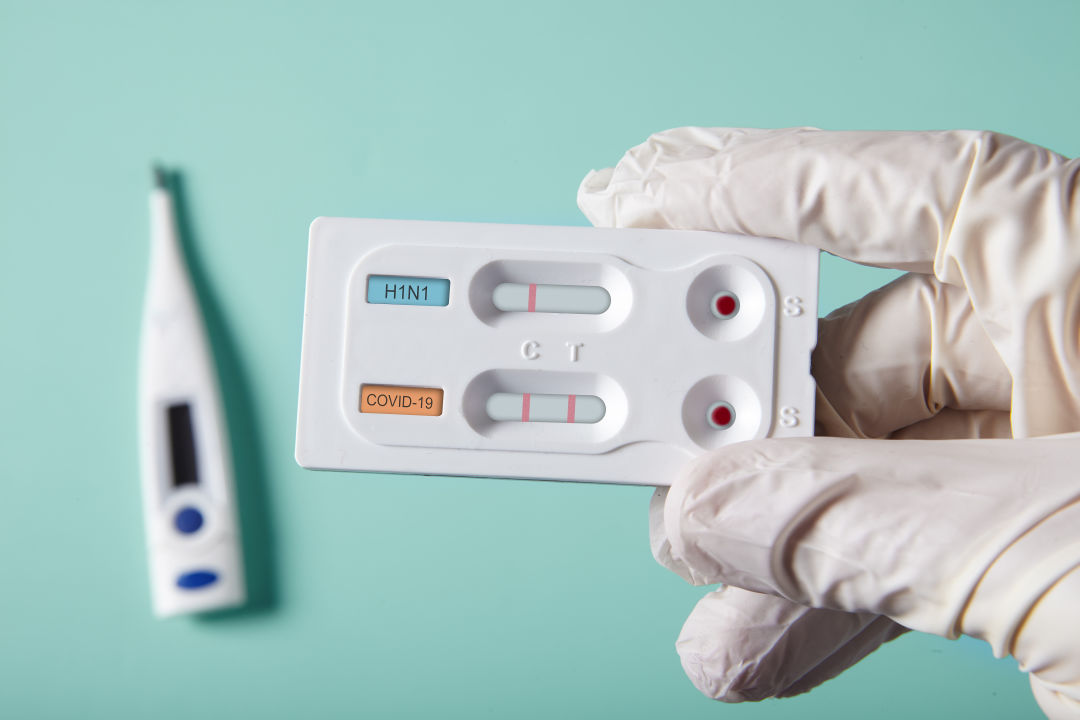What to Expect When You’re Expecting a Call from a Contact Tracer

Trust us, you don’t want to hear Oregon Health & Science University medical student Teva Brender’s voice on the other end of the phone line right now.
Brender, like dozens and dozens of fellow medical and public health students who have joined the state’s growing—but still insufficient—ranks of contact tracers and case investigators, spends the better part of four days each week calling to inform people they have tested positive for COVID-19.
Testing capacity is expanding in Oregon, and so, too, are the rates of people testing positive, meaning more of us can expect such calls in the weeks, months, eons ahead.
“Some people are nonchalant, and some people have a lot more questions,” Brender says. “I try to give them a little space to process before we get into the nitty-gritty.”
Brender starts by verifying the basics: name, date of birth, mailing address, whether you have a preexisting medical condition, why you decided to get tested in the first place, race and ethnicity, language, all data points that help public health officials map out how the virus is spreading, and where they need to concentrate resources. He asks about symptoms, too, and delivers the news that the infected person—regardless of whether their symptoms are manageable or not—will need to quarantine for two weeks.
“We don’t know what their living situation is like, or their financial situation,” he says. “And here you are, telling them that their lives have been completely disrupted. It’s definitely given me much more perspective on the delivery of a diagnosis, and what that means for someone in their day-to-day life.”
The trickiest part comes when Brender asks about close contacts—anyone beyond just immediate household family his interviewee might have been in proximity of during the incubation period. (If immediate family members test negative, infected people should be prepared to isolate even from them—in Multnomah County, the Jupiter Hotel has opened as a “medical motel” to house coronavirus patients who can’t easily isolate from immediate family.)
For those outside the home, close contact means within six feet, for more than 15 minutes, within 48 hours of when you started showing symptoms or got a positive test result. It’s not someone you’ve passed in the aisle of a grocery store, but someone you work with, or partied with over Memorial Day weekend. (Public health officials say a significant percentage of Oregon’s new cases have come after social gatherings.) The goal is for anyone who falls into that category to get a follow-up call urging them to get tested. Work supervisors need to be notified, too, if the person has been on the job.
Brender, who is working with Clackamas County, says that most people who have tested positive pick up the phone when he calls, or respond to a voicemail, which tracks with the 90 percent figure Multnomah County communicable disease director Kim Toevs gave reporters this week.
The trickier question is what percentage of their contacts are being reached for follow-up calls, which is truly how outbreaks can best be contained. In Bellingham, Washington, contact tracers were able to follow one case from a party to track down nearly 30 associated cases, and their employers, illustrating the importance of stopping the fast-spreading virus in its tracks as cases surge across the United States.
“Earlier on, before there was as much opening, the number of contacts that we had to notify outside of households was very small,” Toevs says. Now, though, “it has been a little bit harder to reach contacts, but because people still aren’t in large group settings they usually can give us some good information.”
According to the Institute for Health Workforce Equity at George Washington University, Oregon needs 1,209 contract tracers to fully mitigate the spread of the virus; the Oregon Health Authority has said it has only about half that number working statewide. And while Gov. Kate Brown has set numbers of contact tracers as one of the metrics that need to be met before counties can move along in the reopening stages, counties have been able to advance while below the target levels, so long as they are meeting goals in other areas, like steady or declining hospitalizations.




